If you like learning from examples, I prepared one. Let's say that we have the following single-linked list:
that is represented as follows (click to enlarge):

We want to delete the node with the value = 8.
Code
Here is the simple code that do this:
#include <assert.h>
#include <stdio.h>
#include <stdlib.h>
struct node_t {
int value;
node_t *next;
};
node_t* create_list() {
int test_values[] = { 28, 1, 8, 70, 56 };
node_t *new_node, *head = NULL;
int i;
for (i = 0; i < 5; i++) {
new_node = malloc(sizeof(struct node_t));
assert(new_node);
new_node->value = test_values[i];
new_node->next = head;
head = new_node;
}
return head;
}
void print_list(const node_t *head) {
for (; head; head = head->next)
printf("%d ", head->value);
printf("\n");
}
void destroy_list(node_t **head) {
node_t *next;
while (*head) {
next = (*head)->next;
free(*head);
*head = next;
}
}
void remove_from_list(int val, node_t **head) {
node_t *del, **p = head;
while (*p && (**p).value != val)
p = &(*p)->next; // alternatively: p = &(**p).next
if (p) { // non-empty list and value was found
del = *p;
*p = del->next;
del->next = NULL; // not necessary in this case
free(del);
}
}
int main(int argc, char **argv) {
node_t *head;
head = create_list();
print_list(head);
remove_from_list(8, &head);
print_list(head);
destroy_list(&head);
assert (head == NULL);
return EXIT_SUCCESS;
}
If you compile and run this code you'll get:
56 70 8 1 28
56 70 1 28
Explanation of the code
Let's create **p 'double' pointer to *head pointer:
Now let's analyze how void remove_from_list(int val, node_t **head) works. It iterates over the list pointed by head as long as *p && (**p).value != val.


In this example given list contains value that we want to delete (which is 8). After second iteration of the while (*p && (**p).value != val) loop (**p).value becomes 8, so we stop iterating.
Note that *p points to the variable node_t *next within node_t that is before the node_t that we want to delete (which is **p). This is crucial because it allows us to change the *next pointer of the node_t that is in front of the node_t that we want to delete, effectively removing it from the list.
Now let's assign the address of the element that we want to remove (del->value == 8) to the *del pointer.
We need to fix the *p pointer so that **p was pointing to the one element after *del element that we are going to delete:
In the code above we call free(del), thus it's not necessary to set del->next to NULL, but if we would like to return the pointer to the element 'detached' from the list instead of the completely removing it, we would set del->next = NULL:
